A suburb with plenty of potential and a high level of convenience, but in need of maintenance and a little more love.
Summary: Not-quite-Inner-West and not-quite-Western Suburbs, Campsie is a suburb that screams “potential” but is not quite all the way there just yet. There’s the skeleton of a well-balanced and desirable place to live here, with a good physical location that’s well-serviced by public transport, diverse housing options, plentiful amenities, and a range of wide green spaces that are roomy if somewhat unkempt & featureless.
It’s far safer than it used to be and has gentrified in spots, but it still needs a helping of “TLC” and additional maintenance/upkeep to help it reach the best version of itself.
Key stats
Region: Western Suburbs
Population: 25,000
Postcode: 2194
Ethnic Breakdown: Chinese 18.8%; Nepalese 10.9%; Lebanese 10.7%; English 6.8%; Australian 5.1%
Time to CBD (Public Transport): 25 minutes
Time to CBD (Driving): 25 minutes
Nearest Train Station: Campsie
Highlights/attractions: Federation Reserve
Ideal for: Professionals, families, small families
One of the great questions in life along with “Why are we here?” and “How does one discover the true nature of oneself?” just might be: “is Campsie part of the Inner West, or not?”
The argument could be made that it is in body, if not quite in spirit; it physically sits alongside suburbs that fit more of the “true image” of Sydney’s Inner West, yet doesn’t quite have the same streetscape and cafe-centric culture that has come to signify this part of Sydney in recent years.
As it officially falls under the Canterbury-Bankstown council, we’ll be referring to it as a Western Suburb for the purposes of this review – but know that it still contains multiple elements of its neighbours to the east as well dotted throughout.
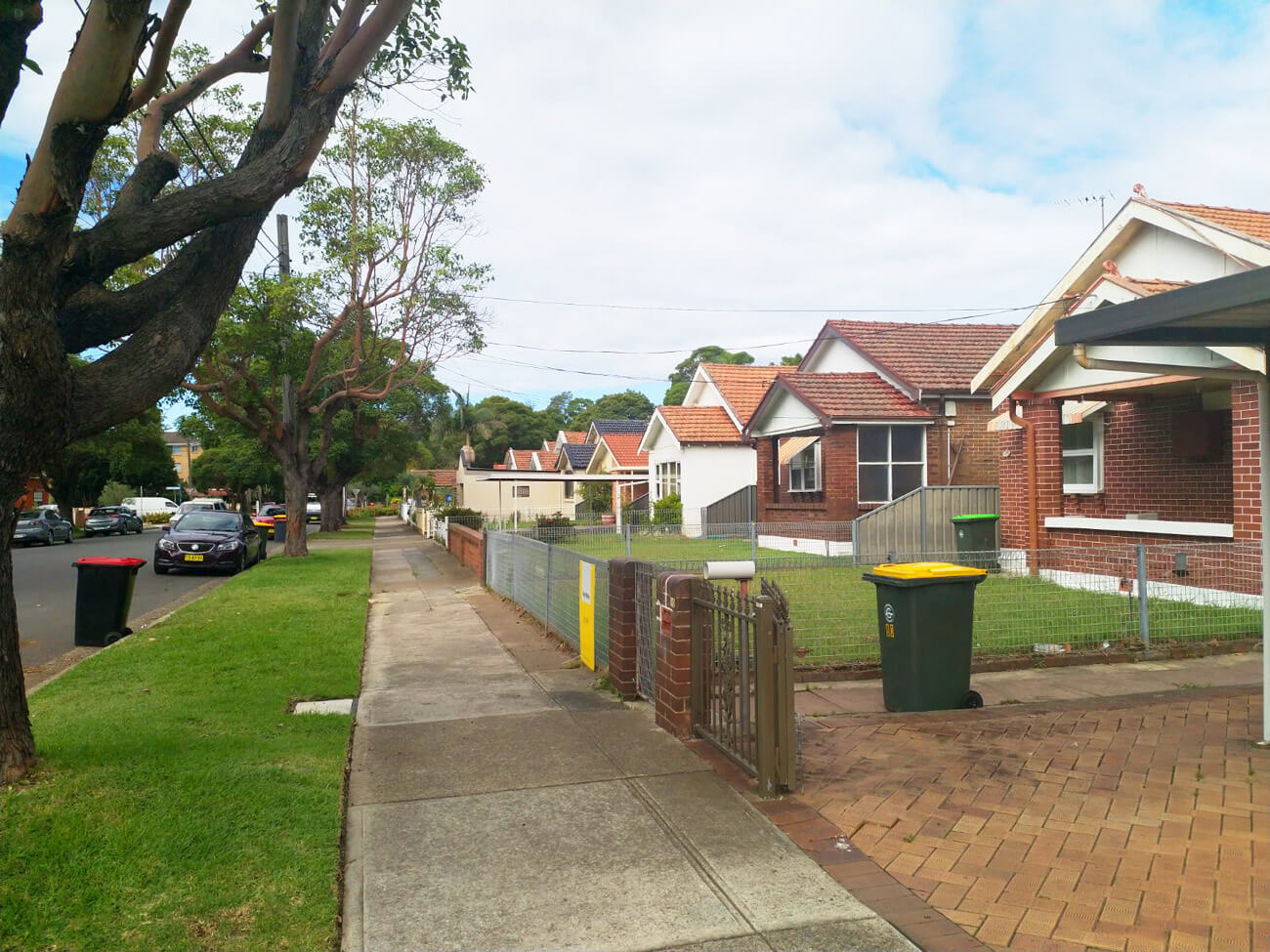
The most obvious thing that separates Campsie from its more eastern brothers however can probably be summed up in one word: neglect.
Physically, in terms of both streetscape and layout, Campsie should be just as pleasant as alternative suburbs nearby, but there’s a distinct lack of overall maintenance throughout many parts (although not all) of the suburb that puts a bit of a damper on what should otherwise be a pretty nice place.

There are multiple examples of this that come in a range of different forms. For example: many of its streets are nice and leafy, with plenty of tree coverage and grass – yet they’re also scattered with rubbish, have shopping trolleys left out the front, or have random items of trash or furniture dumped in open view.
Likewise, it’s home to several nice and open public park spaces that offer plenty of room – yet many are unkempt and haven’t been mowed in far too long.
The same applies to many of its storefronts along Campsie’s main hub of Beamish Street. While not everything has to follow the (wanky?) example of all these ultra-modern cafe/bars elsewhere in the Inner West, many of them are rundown and could do with several fresh coats of paint.
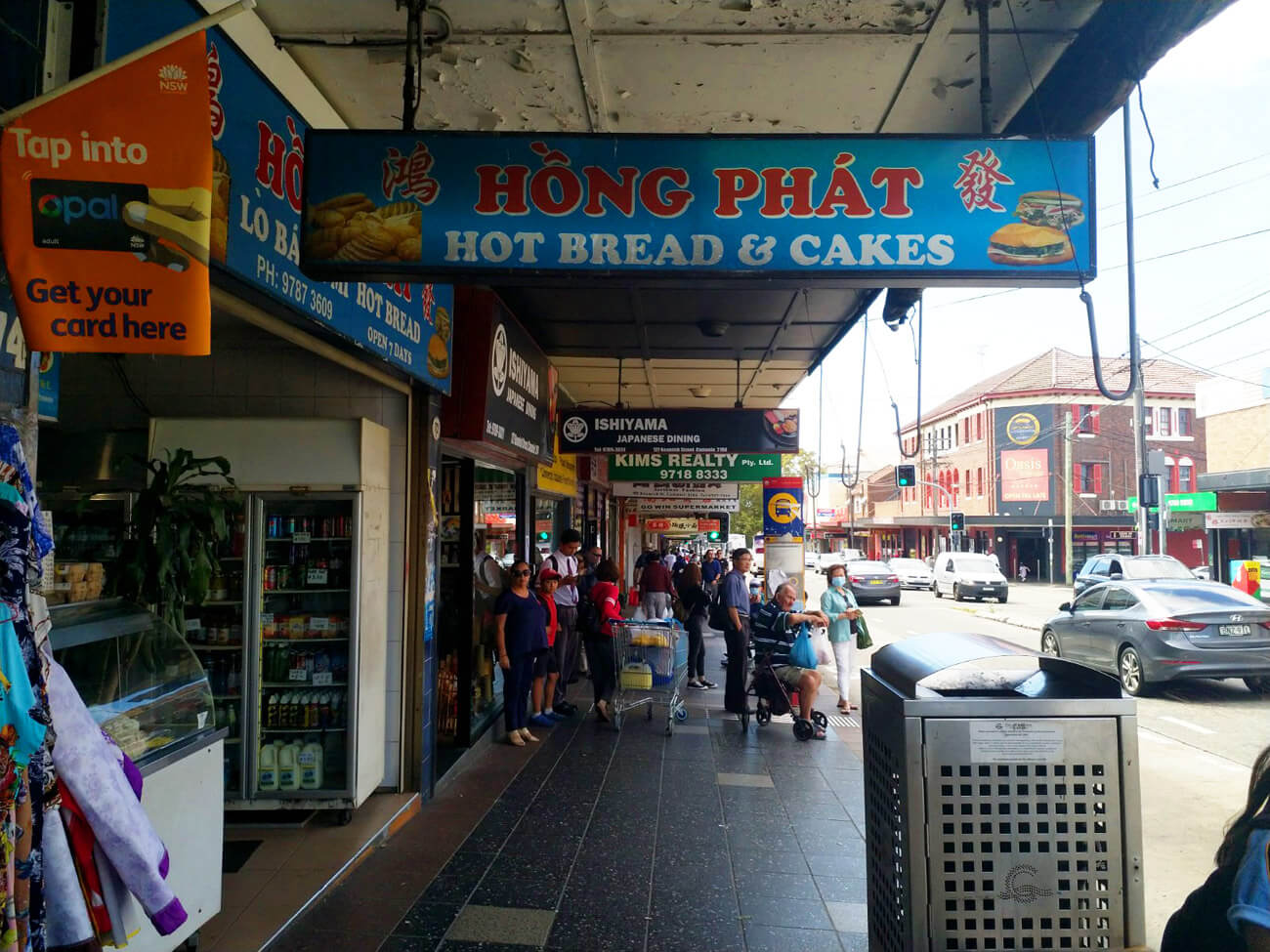
Add in a fair bit of graffiti throughout, and it doesn’t provide the greatest first impression throughout many of its central public gathering areas, or inspire confidence for buying food from some of its outlets.
And this is a shame, as there’s both multiple main pockets of the suburb that are the complete opposite (particularly on the northern portion around and branching off of Brighton Ave), and multiple positives that otherwise work in Campsie’s favour as a place to live.

First and most obvious amongst these is its location.
Campsie straddles the line between reasonable distances from the Sydney CBD and the rest of suburban Sydney very well, and bats above its average in terms of connectivity.
Its train station sees more frequent services than most other small-scale suburbs in the area, and is often included in Express runs to the city which others lack. It’s got a major helping of bus services and routes as well.
The prospect of a ~25 minute commute into the city while still having a chance at affordable living space is a pretty rare one in current-day Sydney, and this will be its major selling point for most.
This public transport appeal is key, as Campsie suffers when it comes to road access. It cops a lot of through-traffic during peak hours, with both Beamish Street and Canterbury Road inundated with cars – and the intersection of both particularly problematic.

It’s seen substantial development in recent years of more high-density residential constructions which have added to the problem substantially, with Canterbury Road copping a bunch of newly-constructed apartment blocks to throw yet more cars onto the road in addition to its auto dealers, furniture stores and new apartments alongside rundown older homes.
Campsie is also busy in general – both in terms of residents, and those needing to visit. One of the key reasons for this is its unusually high concentration of medical services.

While this is mainly centered around Canterbury Hospital, Campsie also boasts a disproportionately large number of day clinics, medical centres, dentists, pharmacies and other miscellaneous specialists.
It may not be of note for most, but if you’re either a healthcare worker or have a chronic disease it can be an unexpected advantage for living here.
Well Equipped
It’s quite well-equipped in terms of amenities in general. Campsie’s multicultural demographic lends itself to a huge array of options for dining, with a ton of local restaurants that cover many (mostly Asian, especially Korean and Chinese) cuisines.
There’s multiple eastern grocery stores and small-scale supermarkets to choose from dotted throughout, as well as bakeries, fresh fish stores and plenty of other food-related goodies.
Again, there’s not much of the “cafe street/alfresco dining” type scene most associate with this region of Sydney, and relatively few cafes in general. It’s got a couple of larger, solid pubs in the Campsie Hotel and Station House Hotel for grabbing a drink, reasonably-priced food, and watching some sport however.

Campsie Centre is its main shopping hub, with quite a good selection of both smaller and big-box stores (including a Big W) and places to buy homewares, fresh produce and the like.
Throw in a Woolworths (nearby) and Coles (down towards Clemton Park side) as well as the bigger-scale services along Canterbury Road, and there’s multiple options to get both your daily needs fulfilled and larger-scale shopping done as well.
It’s just as well, as Campsie needs this array of options to service its ballooning population.
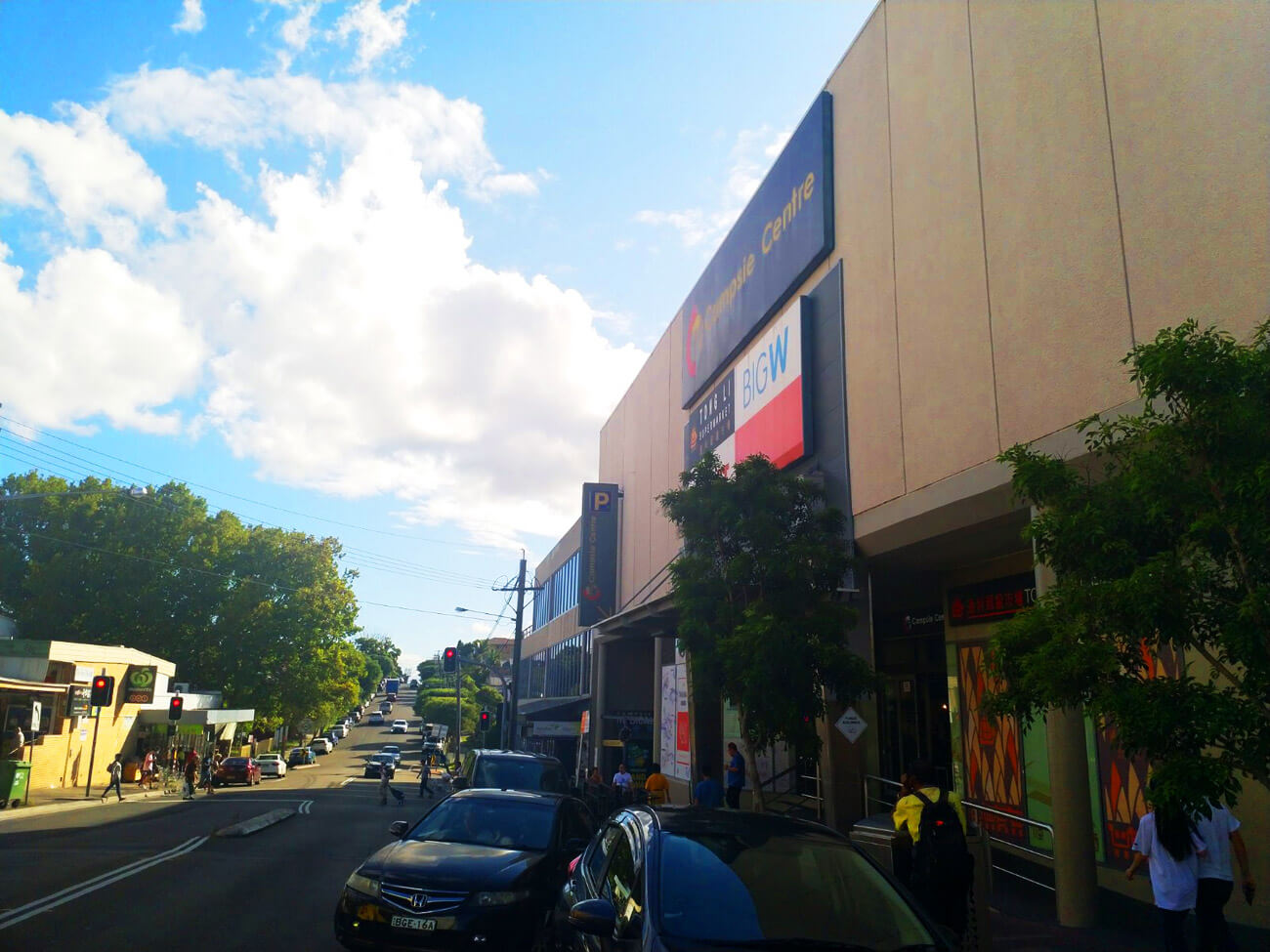
To its credit, Campsie offers a very wide and diverse array of housing options covering most life situations and budget levels – often located right alongside one another. While there’s many bigger and impressive houses mainly dotted throughout its north side, it’s abundant in low-and-mid-rise older brick blocks of units.
There’s no highrise construction to speak of, and as a result the suburb feels much more “open” and less obscured than some of the more modernly-developed parts of inner suburban Sydney.
Its streets are generally quite green as well outside of the main foot traffic areas, with both regular Sydney-style trees and also random lines of Palm Trees distributed along various roads.

The same theme of “maintenance required” applies in many cases here, though. Campsie has to have one of the highest proportions of “Potential Redevelopment Site”-labeled blocks in the area, and many of its older weatherboard houses are in need of serious renovations and upkeep, or at least lawns in need of some TLC and trash removal.
It’s a weird contrast, as there’s also multiple streets that are kept in tip-top shape, so you’ve got a real clash of styles and levels of house-pride often within a minute of one another.
Campsie’s also peaceful in some ways and noisy in others. It’s a popular suburb for families given its high concentration of schools both within its borders and externally, and as a result its roads have a drawn-out and busy “school pickup hours” that extends for a long time and packs the streets each day.

It’s otherwise quite family-friendly as a whole; there’s also a good distribution of childcare services, and it’s not dodgy or unsafe like its reputation back in the early 2000’s and beforehand.
“There’s no highrise construction to speak of, and as a result the suburb feels much more “open” and less obscured.”
Its parkland areas are quite good in terms of both space and playground equipment – Federation Reserve in particular is nice and spacious, with some nice historical curation – and waterfront areas along the Cooks River add another scenery dynamic where kids and dogs can play.
With a little more upkeep from local authorities, they’d be even more pleasant.
Price-wise, Campsie represents an interesting choice. It’s quite well-valued considering its positives and geographical location, and may represent a bit of a “sleeper” suburb for investors.
It’s not as much of a bargain as it once was as gentrification has hit in spots and people have caught on, but it still represents pretty good value for those in search of a freestanding house without living light years away from Sydney city.

Sub-$1 million freestanding homes are still a possibility, while its townhouses and duplexes in particular are pretty reasonably-priced.
It’s a also a great “starter” suburb for apartments, with many of the supply those rock-solid, older brick builds that have stood the test of time as opposed to newer, disposable highrises of questionable quality.

Renting here is pretty cheap given its location, too – $400+ will get you a 2 bedroom apartment of reasonable quality, while $450 will ensure it’s at least reasonably modern inside.
The Verdict
Moving forward, Campsie looks set to be part of the next round of gentrification set to hit Sydney suburbs that have not quite been given the same amount of love just yet.
All of the requirements for a solid place to live are there – plentiful schools, relatively reasonably property prices, a wide selection of places to dine, great public transport connectivity and a very good range of amenities.
As a result, there’s plenty to like for those looking for somewhere to invest, or to buy now and benefit from potential improvements later.
It needs a bit of a spit polish in many places, and its streetscape and dining scene lacks some of the variety of the likes of the Portuguese, Vietnamese, Italian, Greek and other mixed influences that diversify and give variety to other “more typical” Inner West suburbs.
Many potentially pretty roads and public spaces are unfortunately marred by neglect, while other individual back streets are upmarket and well-presented. The choice of which street to live in probably matters here more than many other suburbs in the region, as you can have an entirely different atmosphere in one slice of Campsie to another just around the corner depending on your preference.
It gives it a layer of flexibility that makes it suitable to quite a wide range of budgets and living situations, which is nice to have.
For those who can’t – or don’t want to – afford the price of other more “brand name” suburbs, Campsie can present a good compromise while still being highly convenient.

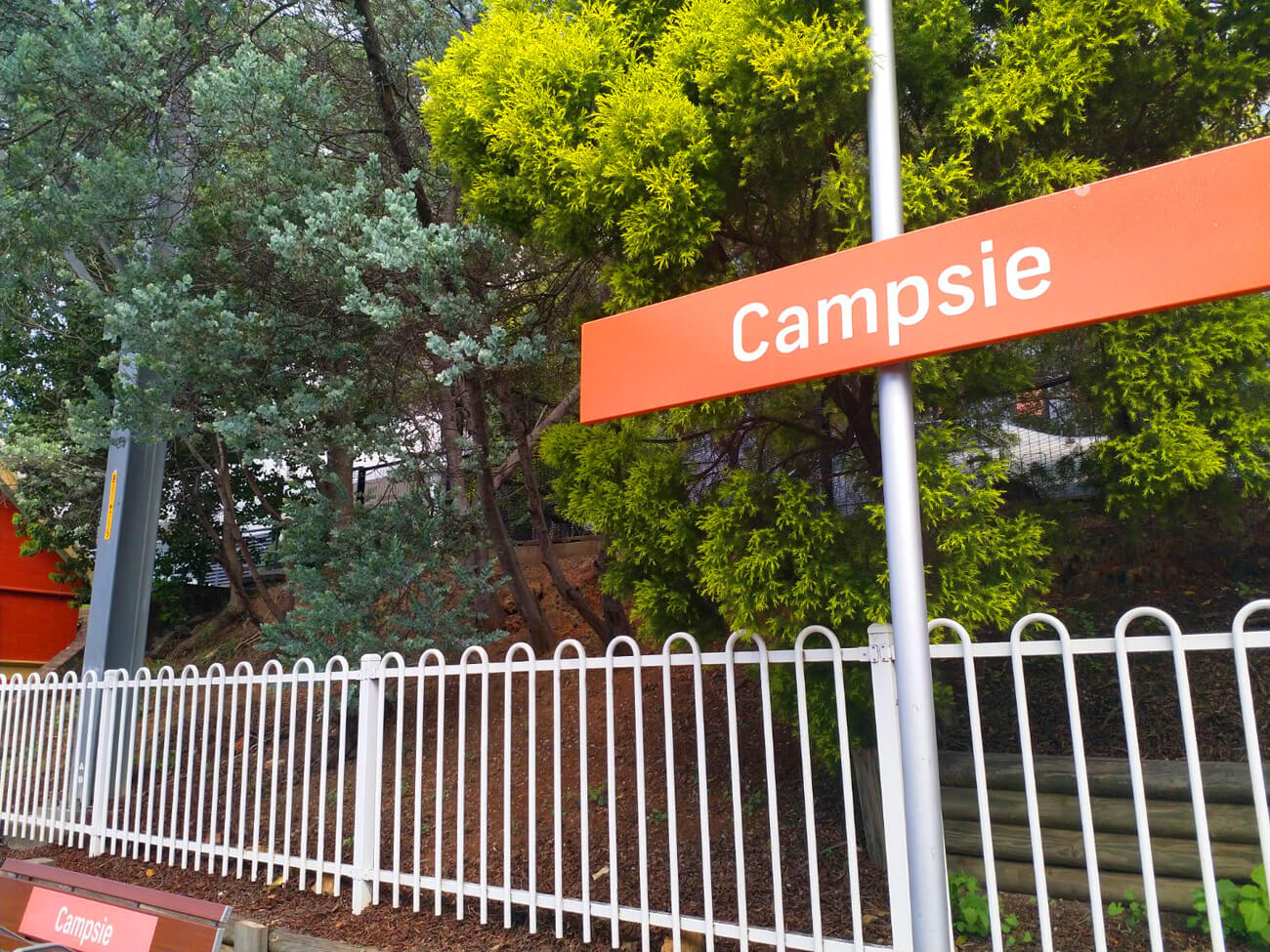
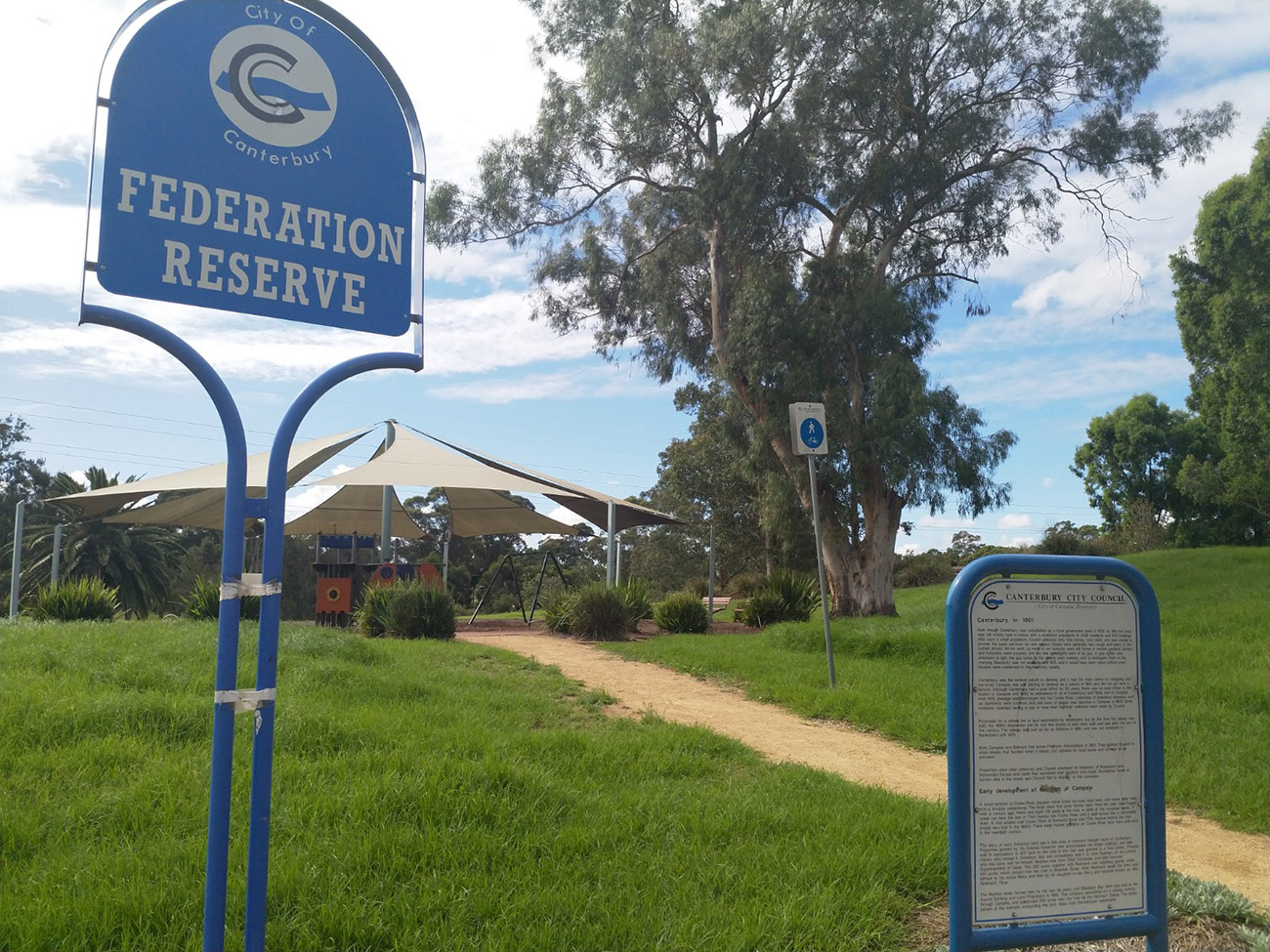







August 2, 2021
Hi! Im planning to move to Australia and work in Canterbury Hospital as a doctor. My colleagues advice me not to stay in Campsie. Can you recommend the best suburbs nearby where I can get modern 2-3 bedroom apartment or modern house, that is safe. Thank you.
July 22, 2022
Bit of a late reply, and if you have already moved to Australia then you’ve probably found a spot to live and I sincerely hope you’re happy there.
I have lived in Australia in the Campsie area for close to forty years. I think the review above is quite accurate. I don’t fully understand why your colleagues have advised you not to stay in Campsie. Yes, it is probably not the most fashionable area, but certainly not the worst area either. Yes, there are streets where I wouldn’t want to live either, but there is certainly places I can’t see a problem. If you wanted to rent a reasonably new apartment you could probably live in the Clemton Park (formerly South Campsie) area. It has some convenient shopping and restaurants nearby. Good public transport, too, although it’s walking distance to Canterbury Hospital.
If you have more money to spend on rent you could always live in other, more fancy, parts of town but obviously rental spending and travel time to work would increase.
I believe that overall Sydney is a very safe city. Just use common sense when you move around town. Hope my comment has been of assistance to you.
March 1, 2023
I just bought a place in campsie. I’d never been there before 2 weeks ago lol
But the value for money, transport links and food meant it was a no brainer.
The parks are a little rough around the edges – but the people are pretty friendly. I live in Chippo now (which is the best suburb in the whole city), so I’m used to high Chinese population areas moreso than other ethnic groups.